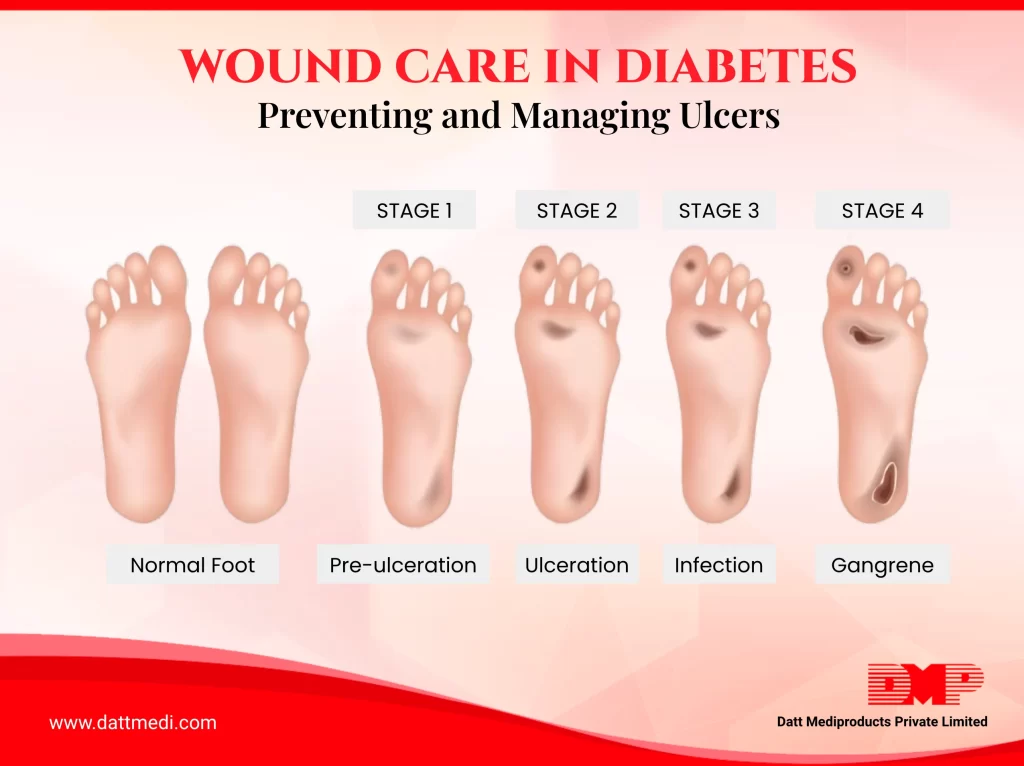
Summer, the time of the year when we experience low energy levels and dehydration with rising mercury levels. But we have an abundance of juicy, delicious, healthy fresh food choices with secret benefits.
We bring to you some nutrient-packed summer food picks to keep you hydrated and healthy this season. These seasonal produces are rich in natural compounds offering you multiple health benefits.
1. WATERMELONS & MELONS:
Melons are the juiciest and coolest seasonal fruit to beat the summer heat. As it’s more than 90% water, it helps to keep you hydrated and gives a wonderful cooling effect. The natural antioxidant lycopene, which gives the red color to watermelons, protects skin cells from sun damage.
2. VITAMIN C RICH FOODS:
Oranges are one of the most liked citrus fruits, which can be consumed as such or as juices. They are well known for their high vitamin C, but oranges are also a good source of potassium. Potassium is an essential nutrient that we lose through our sweat that can cause an increased risk of muscular cramps among other problems.
3. TOMATOES:
Tomatoes are a rich source of antioxidants and vitamin C. The phytochemicals present in tomatoes “Lycopene” may act as a protection against sunburn.
4. BERRIES:
Berries are another rich source of fibers and vitamin C. Strawberries and Blueberries are really juicy and sweet with high flavonoids content, which helps in fighting various diseases. The skin-boosting flavonoids in berries have tremendous benefits for our skin like decreasing its sensitivity to light, appearance, and texture.
5. DARK LEAFY GREENS:
Leafy greens are not only summer foods but also they help to keep you healthy the entire year.
6. CUCUMBER & ZUCCHINI:
Cucumbers are full of fiber and water and act as a natural laxative. Zucchini, on the other hand, consists of a fiber called “PECTIN”, which helps in maintaining a healthy heart by lowering cholesterol.
7. ONIONS:
Although many people might not believe it onions do provide a cooling effect. Quercetin (a flavonoid) present in onions are natural anti-allergens. Consuming onions in any form on a regular basis in summers protects against sunstroke.
8. CURD/YOGURT:
Curd can be consumed in a variety of ways like Raita, buttermilk, or in sweet variants like sweet lassi, smoothies, with fruits or as flavored sweet yogurt. Curd is best at keeping your gut safe from imbalances and help to maintain your gut flora. It replenishes the dose of friendly bacteria thus acting a natural probiotic dose.
9. COCONUT WATER:
An easily available summer drink, coconut water is one of the richest sources of essential minerals, vitamins and nutrients. Drinking coconut water empty stomach has cooling effects on the liver and long-term consumption helps to fight cancer.
10. MINTY LIME WATER:
Mint might be the most inexpensive herb but it helps to keep the temperature at a lower side. It also helps to cleanse the liver, boosting metabolism and helps maintain appetite. Adding mint to lime water offer refreshing benefits.
The above list of foods not only will help you stay hydrated but also furnish your nutrients need during the hot weather. These fresh seasonal foods are rich in colors and flavor and are a good substitute option to a steady diet of junk foods.
So, when you feel the Sun draining you as the mercury rises, we @Datt Mediproducts suggest you enjoy the cooling benefits of these refreshing foods and beat the heat.
Stay Hydrated! Stay Healthy!



